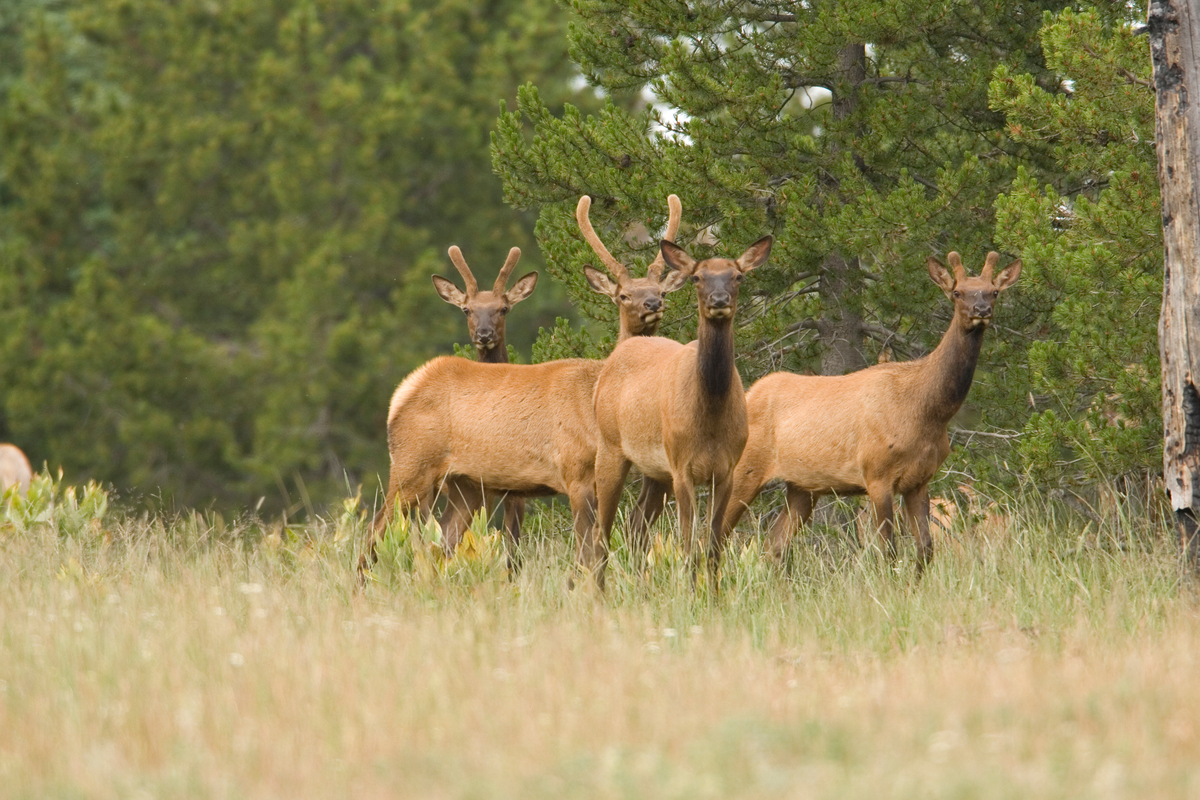It is a bit of a head-scratcher but also highlights how one snapshot does not define what is really happening on the ground. It also signifies the importance of conducting ongoing, detailed scientific research.
The Washington Department of Fish and Wildlife (WDFW) recently released year-two results of a three-year study monitoring elk calf survival rates in the Blue Mountains. Data shows 47 percent of elk calves captured and collared survived in 2022 compared to a mere 13 percent survival rate in 2021. Those findings, just one year apart, mark a significant difference.
“The discrepancy is a perfect example why we look at trends across years rather than just a one-year snapshot,” said Karie Decker, director of wildlife and habitat at the Rocky Mountain Elk Foundation, which contributed grant funding to a larger Blue Mountains study feeding into this one.
The WDFW report indicates the Blue Mountains elk population increased in size from 2000 to 2016 but then declined following a severe winter and two years of drought. In March 2017, the population was 20 percent below objective and has since been unable to recover to earlier levels. In 2020, the population remained 25 percent shy of the management objective of 5,500.
Looking to help the situation, WDFW implemented reduced recreational and damage anterless elk harvest, modified mountain lion and black bear harvest regulations, and continued long-standing habitat enhancement work and protection of critical ranges on public lands.
Biologists say calf numbers were mostly impacted early on.
“We have not documented any predation or starvation events after November in the two years,” Paul Wik, WDFW district biologist told the Lewiston Tribune. “So, one thing to take from that, if there was a carrying capacity issue, you would expect carrying capacity to show itself through poor survival especially with young of the year, so we don’t think it’s a habitat-driven issue. We need the third year of data.”
The third year of data is expected during the summer of 2023.
(Photo credit: Rocky Mountain Elk Foundation)
